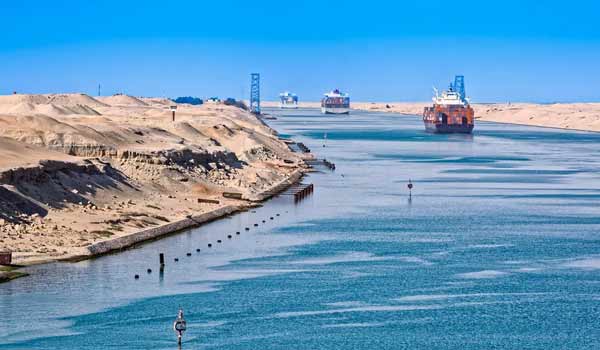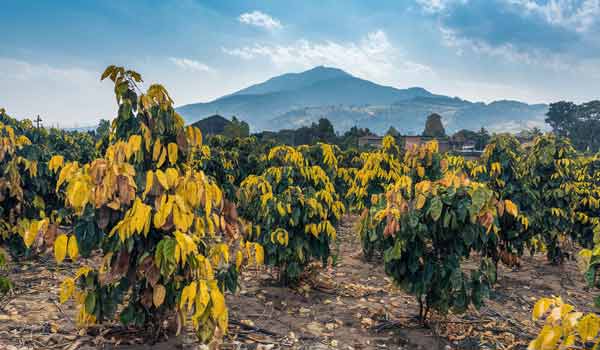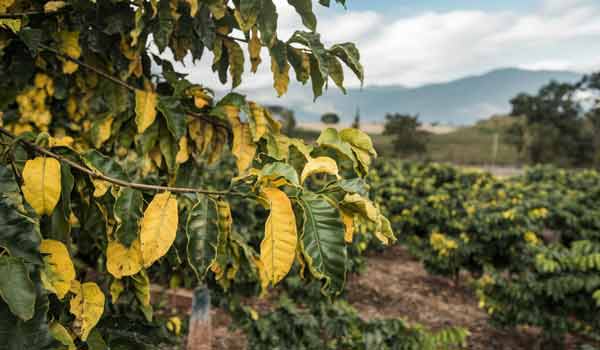Increase in coffee prices: from the climate to the Suez Canal
The news certainly does not come unexpectedly: coffee prices are at an all-time high and this does not surprise us. Several warning signs have emerged in recent weeks. As anticipated by the CEO of Illy, we are faced with a “very volatile” market characterized by an “unprecedented upward trend”. Recently, the possibility of paying two euros for a cup at the bar has been aired. The most recent prices, inflated to reach all-time highs, do nothing but confirm this fear.
Logistics and Climate: Two Key Factors in the Increase in Coffee Prices
According to Scocchia, the reasons behind the coffee price increase are concentrated on two main factors: logistical difficulties, aggravated by problems such as those of the Suez Canal due to Houthi attacks on commercial ships, and unfavorable weather conditions, the true king of variables. The numbers speak for themselves: on the international markets, three-month futures for the Robusta variety reach $4,820 per ton, while Arabica stands at $5,700 per ton. This context highlights the importance of the commodities market and its volatility.
Transits in the Suez Canal, through which passes approximately 40% of our maritime trade, for a value of approximately 154 billion euros, have decreased by over a third.
The major critical issues concern Italian imports in particular, since approximately 16% of Italian imports pass through the Suez Canal, but it should not be forgotten that the lack of supply of imported goods can compromise the entire production chain.

Drought in Brazil: The Number One Enemy of Coffee Production
The drought in Brazil, one of the world’s largest coffee producers, is one of the main causes of the current market crisis. This climatic situation, combined with an unfavorable euro-dollar exchange rate, is significantly weighing on the final price that Italian consumers pay for a cup. Insufficient water reserves in Brazil have drastically reduced the yield of coffee production, putting pressure on the entire supply chain. Added to this are the ever-increasing costs of transport, making coffee consumed at the bar an increasingly expensive luxury.
If three years ago the average cost for an espresso was 1.03 euros, today we have already reached around 1.20 euros. Analysts agree that this trend will not stop in the short term: further increases are on the horizon, and reaching two euros for an espresso no longer seems so unlikely, especially if the weather conditions and logistical problems do not improve soon.
If three years ago the average price for an espresso was 1.03 euros, today we have already reached around 1.20 euros. Analysts agree that this trend will not stop in the short term: further increases are on the horizon, and reaching two euros for an espresso no longer seems so unlikely, especially if the weather conditions and logistical problems do not improve soon.

Future Coffee in London: A Perfect Storm is Coming
Importers and roasters around the world are sounding the alarm about a true “perfect storm” that could hit global coffee markets. Future Coffee in London, a key indicator of market trends, has shown a dramatic increase. In the last six months, Robusta stock prices have practically doubled, with an increase of over 90%, going from 2,200 to 4,195 dollars per ton. Even Arabica, the most popular variety among consumers, has seen a significant increase of 55%, rising from 155.25 to 239.85 cents per pound.
This sudden and marked increase in prices is not only the result of increased demand, but also of uncertainties related to global production and climate change. The cascading effect of these increases is inevitable: the cost of coffee is set to rise further. The repercussions will be felt in all markets, and consumers will have to prepare for a period of high prices that could continue over time, influencing not only consumption habits but also the import choices of various countries.
A Hope of Savings for Consumers
In a scenario where the price of coffee (and other food products) seems unstoppable, there are also companies that are making great efforts to absorb the current increases as much as possible while maintaining the quality of their products unchanged. Coffee brands such as Saida Gusto Espresso in fact, thanks to their commercial offers and the various exclusive benefits for their members, are helping to keep coffee prices as low as possible in such a context.
Maintaining an exceptional quality-price ratio in such a difficult situation is helping many consumers to save money on drinking their cup of espresso, waiting for better times.
International Trade: How Exchange Rates and Weather Affect
But it doesn’t end there: the contraction of supply from Vietnam, the adverse weather conditions in Brazil, and the strengthening of the dollar against the euro, which is making international coffee trade increasingly expensive. This scenario leads to an increase in coffee import costs of up to 50% compared to six months ago. Furthermore, in an already complex context, the forced passage through the Red Sea with prolonged travel times only worsens the situation, further impacting the prices that end consumers have to face. The volatility of financial markets, together with logistical obstacles, continues to be a significant challenge for all actors in the coffee supply chain.

Climate and Drought: The Impacts on Coffee Production at a Global Level
However, climate and drought remain the main obstacles to the stability of the coffee market. The combined effect of extreme weather events has led to a contraction in supply, generating pressure on prices that does not seem likely to decrease any time soon. The increase in costs for Italian consumers, in fact, represents only part of the problem; Globally, many nations are already considering new strategies to balance coffee production and import needs. The challenges of climate change are not just present but will also influence the future economic and political decisions of major coffee producers and importers.
In short, while our beloved morning cup becomes more and more expensive, the coffee market continues to be an intricate balance of economic, climatic and geopolitical forces. And for coffee lovers, this story is only just beginning, with many variables still in play that could reserve surprises in the dynamics of price and availability.


Visita il nostro e-shop e scopri tanti prodotti a prezzi vantaggiosi!